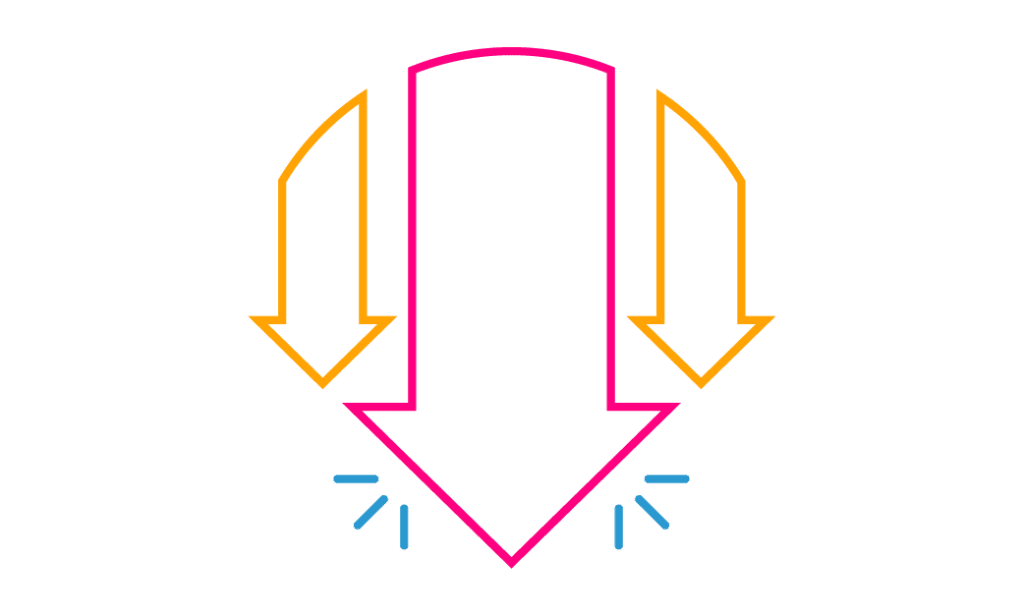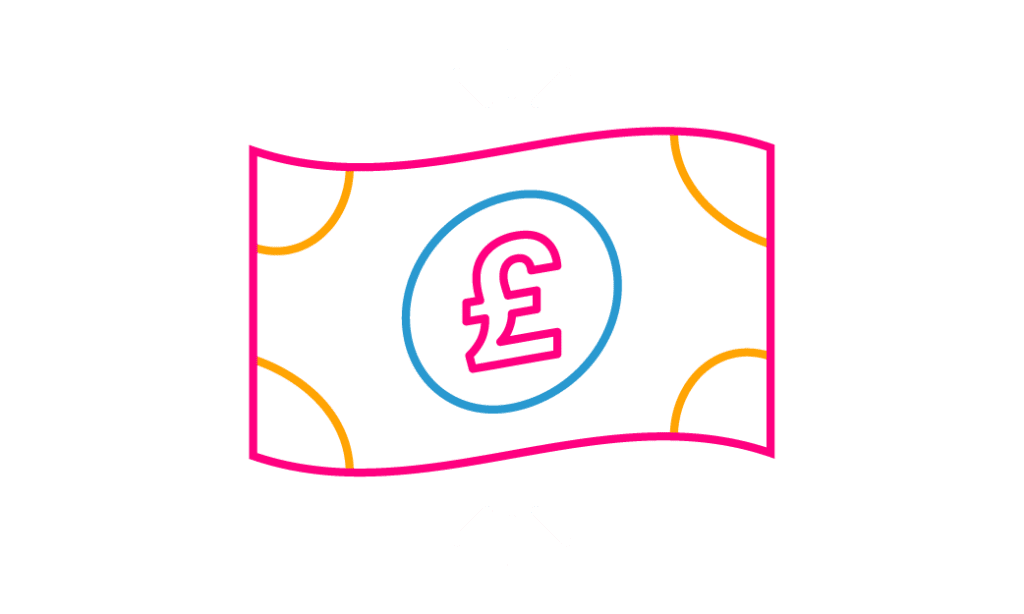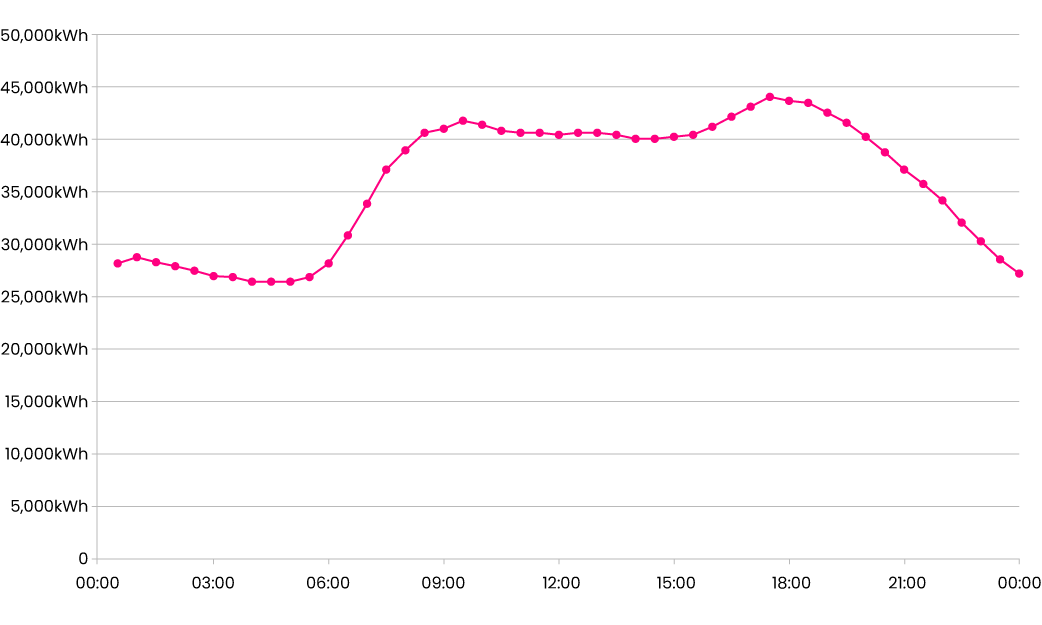Turn Down and Save: FAQs
Our Winter Turn Down and Save scheme gives Loop users a chance to earn rewards by using less energy at peak times.

Empowering Electricity Reduction
At peak times it’s expensive for National Grid ESO to balance the UKs electricity needs. However, their Demand Flexibility Service aims to solve that. Changing household patterns of energy use is a far more sustainable way to balance demand and supply than turning on the most expensive and polluting electricity generators – and that’s why we’re proud to support it, with our Turn Down and Save scheme.



Winter Energy Rewards
Over the Winter, Loop users taking part in Turn Down and Save build up rewards that they can turn into vouchers to spend at locations such as Amazon, or opt to donate the savings they’ve made to charity. In Winter 2023, we paid users over £100k and our users donated over £20k to one of the UK’s top energy poverty charities.

Join In and Get Rewarded
We offer our Turn Down and Save scheme to any of the 17 million UK homes with a smart meter. It doesn’t matter who your supplier is. All you need to do is sign up to the free Loop app then opt into the scheme.

Frequently asked questions
General
Turn Down and Save pays Loop users for using less electricity at peak times. It is part of the Electricity System Operator’s (ESO’s) Demand Flexibility Service.
At peak times it’s expensive for ESO to balance supply and demand. ESO pays some of the most expensive electricity generators to generate electricity at peak times. But it also pays factories and businesses to reduce their usage. This can often be cheaper than turning more generators on.
Turn Down and Save extends the same offer to Loop customers. If you can use less electricity during peak periods Loop will pay you a reward.
ESO has to balance the supply and demand of electricity every second of every day.
But our demand for electricity varies all the time. The demand over a day in January last year is shown in the graph below. The peak demand at 5:30pm is 70% higher than the low overnight demand.

To support this peak demand, more generation turns on. As you’d expect, the cheapest generation is used first. This comes from wind, solar, nuclear and the most efficient gas plants. But as demand peaks, increasingly expensive generation is needed.
This is where Turn Down and Save comes in. Rather than turning on expensive generation, ESO will pay households via Loop to reduce their use at peak times.
Turn Down and Save saves ESO money and Loop’s customers money. It’s a win-win.
Turn Down and Save is available to everyone with an electricity smart meter - see the Terms and Conditions for full details on eligibility. In order to take part in an event, you need to have joined the Turn Down and Save scheme 2 working days before a given event and then opt in to that event when it is announced. This is dictated by ESO, not us.
Existing Loop Users will be emailed with instructions on how to sign up to Turn Down and Save or can sign up via the Loop app.
If you don’t have a Loop account already, click here to set up your free Loop account – once your account is active we’ll email you with instructions on how to sign up to Turn Down and Save.
You must be a Loop user to sign up to Turn Down and Save.
Existing Loop Users will be emailed with instructions on how to sign up to Turn Down and Save or they can opt in via the Loop app.
If you don’t have a Loop account already, click here to set up your free Loop account – once your account is active we’ll email you with instructions on how to sign up to Turn Down and Save.
We’ll notify all users of future events by email and/or push notifications as they are announced by ESO. We will generally have less than 24 hours notice. Please ensure you are subscribed to Loop emails and have enabled push notifications.
In order to take part in an event, you need to have joined the Turn Down and Save scheme 2 working days before a given event and then opt in to that event when it is announced. This is dictated by ESO, not us.
Turn Down and Save is only available for electricity.
Yes, but calculations of energy saved will be based on your import meter data only unless you have an export mpan that Loop is aware of.
Yes. We may offer to control your battery in order to reduce demand and/or export electricity to the grid during Turn Down and Save events. See the Terms and Conditions for full details on battery eligibility.
Turn Down and Save is supported by ESO. ESO are supporting several Demand Flexibility Services with different providers this Winter.
Please note that you can only sign up to one Demand Flexibility Service.
If you sign up to a second service then you will be automatically removed from the first service that you signed up to.
The energy crisis is putting an immense strain on households. As you’d expect, energy news is being reported through the prism of the crisis.But, Turn Down and Save is about more than just keeping the lights on. It marks a shift.
Balancing the grid is moving away from turning on more and more expensive generation at peak times. The future is smart, clean tech in houses up and down the country, scheduling when they use energy to best support the grid.
Customers don’t care if their electric car charges at 5pm or 2am as long as it’s charged when they need it. Home batteries can do far more than just store spare solar energy for the evening. And even white goods have the potential to choose when to use energy.
This smart energy future is central to Loop’s vision. The cost savings from having solar on your roof, a battery in your garage and an electric car on your drive are huge. Optimising how you use both your home grown and grid electricity adds to the savings. But it’s not just about cost. It’s a much greener, cleaner, sustainable way to power your home.
If you would like to withdraw your consent and opt out of Turn Down and Save, please complete this short form and we’ll remove you from the scheme.
Please note: you will still be eligible to receive the rewards you’ve earned so far from the events you’ve taken part in with us. Rewards for all events up to March 2024 will be paid no later than the end of April 2024.
Incentives
Loop is paid by ESO for every kWh our customers reduce their use by. We aim to pass 80% of this revenue to customers as rewards.
For the first six events, we expect to be paid £3 from ESO per kWh saved. We expect to pay you approximately £2.50 per kWh saved.
So for example, if your baseline for the event duration was 1kWh and you reduced it to 0.5kWh we would pay you £1.25.
The rate per kWh will vary after the first six events and we can’t guarantee what it will be. But we are committed to passing 80% of the savings through to our customers.
You’ll be paid with a retailer e-voucher via email. If you unsubscribe from emails then we will not be able to provide you with your voucher.
Payment will take place after the last Turn Down and Save event in March 2024. This will be no later than the end of April 2024. If ESO plan additional events beyond March 2024 we will confirm a schedule for vouchers for further rewards.
Smart Meter
In order to measure how much you’ve reduced your usage, ESO insists on each home taking part having a working smart meter.
The in-home display isn’t required to be working. We only need the electricity smart meter to be working.
Contact your energy supplier to get it fixed. If we can’t get regular half-hourly readings from your meter you may no longer be eligible to take part.
You need to ask your electricity supplier to install a smart meter for you. Most of the major suppliers should be able to arrange installation within a few weeks (depending on location, current demand etc.)
Events
There will be 12 events between November 2023 and March 2024. ESO may arrange additional events beyond March 2024.
Event 7 and later may be deemed competitive by ESO: Loop will submit a bid price per kWh saved, and if accepted by ESO, our users will be able to participate in the event. We will try to achieve the highest price possible while aiming to ensure that bids are accepted by ESO.
They will take place between November 2023 and March 2024. We expect the majority of events to be on weekday evenings and to last for at least 1 hour but they may last longer and be at different times of day.
If you are subscribed to Loop emails, we will send you an email as soon as we know about the event. This may be the day before the event or on the day of the event itself. If you have enabled push notifications for Loop, we may send a notification as soon as we know about the event. The home screen of the app will also indicate there is an upcoming event and will prompt you to opt in.
Yes. If you are subscribed to Loop emails, we will email you before each event. You must opt in to the event. Instructions on how to opt in will be in the email.
If you have enabled push notifications for Loop, we may notify you before each event. The home screen of the app will indicate there is an upcoming event and will prompt you to opt in.
In order to take part in an event, you need to have joined the Turn Down and Save scheme 2 working days before a given event and then opt in to that event when it is announced. This is dictated by ESO, not us.
You cannot lose money. If your usage increases or you don’t hit the target reduction you won’t be eligible for a payment for that event but there is no financial penalty to you.
It’s not necessarily about reducing usage, it’s about changing when you use electricity away from peak times. E.g. if you have electric heating could you heat up your home ahead of an event, or can you do any cooking (with electricity) or laundry before or after the event? If you make a small reduction compared to your normal usage you will get some benefit.
You’re unlikely to get much benefit from the scheme, which is geared more towards encouraging more people to use electricity flexibly.
This is calculated using a formula agreed by OFGEM. It uses your smart meter data from recent days of the same type (weekdays are compared with weekdays, weekends with weekends, and bank holidays and event days are excluded). Your average usage at the event time is calculated.
There is more detail in this Knowledge Base article.
We will obtain your usage during the event from your smart meter. This will then be compared to your baseline usage to calculate a saved amount






